Looking to boost your productivity at home? Whether you’re juggling remote work, family responsibilities, or personal projects, finding ways to stay organized and motivated is essential for achieving peak performance. A well-structured home workspace and a consistent routine can significantly enhance your efficiency, but it’s not just about physical setup—it’s about creating habits that stick. From decluttering your desk to mastering time management, this guide explores proven strategies to optimize your home environment and unlock your full potential. By addressing common challenges like distractions, low energy levels, and lack of focus, we’ll delve into actionable tips that empower you to elevate your productivity and embrace a more balanced, fulfilling lifestyle.
Key Takeaways
- Declutter your workspace to reduce distractions and increase focus.
- Create distinct zones for work, storage, and relaxation to maintain clarity.
- Adopt a minimalist desk setup to minimize visual clutter and boost efficiency.
- Implement effective task management to break projects into manageable steps.
- Optimize storage solutions to keep your space tidy and accessible.
- Enhance productivity with proper lighting and a comfortable environment.
- Block out distractions and establish clear work boundaries to maintain focus.
- Build a consistent routine to boost productivity and reduce burnout.
- Incorporate mindfulness practices to improve concentration and reduce stress.
- Stay organized digitally and define specific work hours to maximize efficiency.
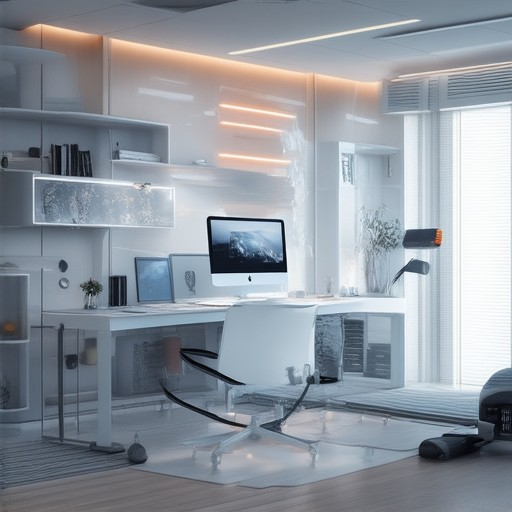
Effective Ways to Organize Your Home Workspace
Organizing your home workspace can significantly boost productivity and reduce distractions. Here’s a structured approach to achieving this:
- Declutter First: Begin by assessing and removing unnecessary items. Use the “one in, one out” rule to keep your space clutter-free. This ensures you have only what you need, reducing visual distractions.
- Zoning:** Create distinct areas for different activities. Designate a workspace for work-related tasks, a storage zone for supplies, and a relaxing corner if you work from home. This helps in maintaining focus and reduces the likelihood of multitasking.
- Minimalist Desk Setup:** Keep your desk clean with only essential items. Include your computer, planner, pens, and necessary files. Store phones and other gadgets elsewhere to minimize distractions.
- Task Management:** Use a planner or digital tools to track tasks. Break larger projects into manageable steps to avoid feeling overwhelmed. Consider using the Eisenhower Matrix to prioritize tasks based on urgency and importance.
- Storage Solutions:** Implement organizers, drawer dividers, and shelves to keep items neatly stored. Label containers for quick access, ensuring everything has its place.
- Lighting:** Ensure your workspace has adequate lighting. Use task lights for focused work and incorporate natural light wherever possible. Add plants or decorative elements to enhance the environment.
- Minimize Distractions:** Utilize noise-canceling headphones to block external sounds. Communicate with family or roommates to establish quiet work hours, reducing interruptions.
- Mental Boundaries:** Set specific work hours and stick to them. Engage in mindfulness practices to reduce stress and improve concentration, helping you stay focused during work hours.
By following these steps, you can create a more efficient and distraction-free workspace tailored to your needs. Start with decluttering and gradually implement organizational strategies to maximize productivity.
Effective Ways to Organize Your Home Workspace
Organizing your home workspace can significantly boost productivity and reduce distractions. Here’s a structured approach to achieving this:
- Declutter First: Begin by assessing and removing unnecessary items. Use the “one in, one out” rule to keep your space clutter-free. This ensures you have only what you need, reducing visual distractions.
- Zoning:** Create distinct areas for different activities. Designate a workspace for work-related tasks, a storage zone for supplies, and a relaxing corner if you work from home. This helps in maintaining focus and reduces the likelihood of multitasking.
- Minimalist Desk Setup:** Keep your desk clean with only essential items. Include your computer, planner, pens, and necessary files. Store phones and other gadgets elsewhere to minimize distractions.
- Task Management:** Use a planner or digital tools to track tasks. Break larger projects into manageable steps to avoid feeling overwhelmed. Consider using the Eisenhower Matrix to prioritize tasks based on urgency and importance.
- Storage Solutions:** Implement organizers, drawer dividers, and shelves to keep items neatly stored. Label containers for quick access, ensuring everything has its place.
- Lighting:** Ensure your workspace has adequate lighting. Use task lights for focused work and incorporate natural light wherever possible. Add plants or decorative elements to enhance the environment.
- Minimize Distractions:** Utilize noise-canceling headphones to block external sounds. Communicate with family or roommates to establish quiet work hours, reducing interruptions.
- Mental Boundaries:** Set specific work hours and stick to them. Engage in mindfulness practices to reduce stress and improve concentration, helping you stay focused during work hours.
By following these steps, you can create a more efficient and distraction-free workspace tailored to your needs. Start with decluttering and gradually implement organizational strategies to maximize productivity.
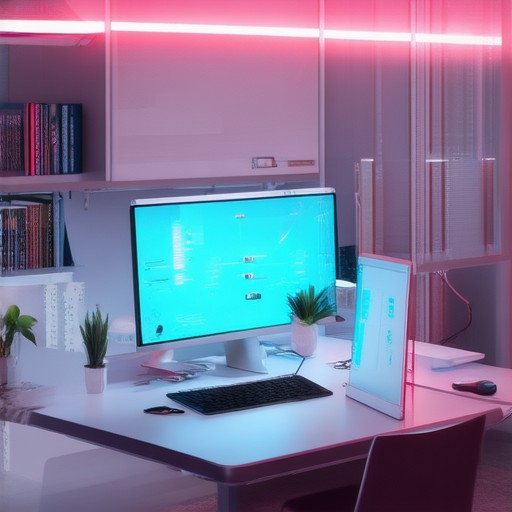
Effective Ways to Organize Your Home Workspace
Organizing your home workspace can significantly boost productivity and reduce distractions. Here’s a structured approach to achieving this:
- Declutter First: Begin by assessing and removing unnecessary items. Use the “one in, one out” rule to keep your space clutter-free. This ensures you have only what you need, reducing visual distractions.
- Zoning:** Create distinct areas for different activities. Designate a workspace for work-related tasks, a storage zone for supplies, and a relaxing corner if you work from home. This helps in maintaining focus and reduces the likelihood of multitasking.
- Minimalist Desk Setup:** Keep your desk clean with only essential items. Include your computer, planner, pens, and necessary files. Store phones and other gadgets elsewhere to minimize distractions.
- Task Management:** Use a planner or digital tools to track tasks. Break larger projects into manageable steps to avoid feeling overwhelmed. Consider using the Eisenhower Matrix to prioritize tasks based on urgency and importance.
- Storage Solutions:** Implement organizers, drawer dividers, and shelves to keep items neatly stored. Label containers for quick access, ensuring everything has its place.
- Lighting:** Ensure your workspace has adequate lighting. Use task lights for focused work and incorporate natural light wherever possible. Add plants or decorative elements to enhance the environment.
- Minimize Distractions:** Utilize noise-canceling headphones to block external sounds. Communicate with family or roommates to establish quiet work hours, reducing interruptions.
- Mental Boundaries:** Set specific work hours and stick to them. Engage in mindfulness practices to reduce stress and improve concentration, helping you stay focused during work hours.
By following these steps, you can create a more efficient and distraction-free workspace tailored to your needs. Start with decluttering and gradually implement organizational strategies to maximize productivity.
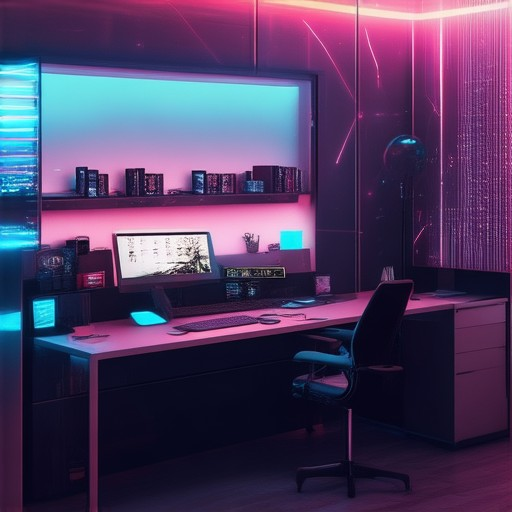
Effective Ways to Organize Your Home Workspace
Organizing your home workspace can significantly boost productivity and reduce distractions. Here’s a structured approach to achieving this:
- Declutter First: Begin by assessing and removing unnecessary items. Use the “one in, one out” rule to keep your space clutter-free. This ensures you have only what you need, reducing visual distractions.
- Zoning:** Create distinct areas for different activities. Designate a workspace for work-related tasks, a storage zone for supplies, and a relaxing corner if you work from home. This helps in maintaining focus and reduces the likelihood of multitasking.
- Minimalist Desk Setup:** Keep your desk clean with only essential items. Include your computer, planner, pens, and necessary files. Store phones and other gadgets elsewhere to minimize distractions.
- Task Management:** Use a planner or digital tools to track tasks. Break larger projects into manageable steps to avoid feeling overwhelmed. Consider using the Eisenhower Matrix to prioritize tasks based on urgency and importance.
- Storage Solutions:** Implement organizers, drawer dividers, and shelves to keep items neatly stored. Label containers for quick access, ensuring everything has its place.
- Lighting:** Ensure your workspace has adequate lighting. Use task lights for focused work and incorporate natural light wherever possible. Add plants or decorative elements to enhance the environment.
- Minimize Distractions:** Utilize noise-canceling headphones to block external sounds. Communicate with family or roommates to establish quiet work hours, reducing interruptions.
- Mental Boundaries:** Set specific work hours and stick to them. Engage in mindfulness practices to reduce stress and improve concentration, helping you stay focused during work hours.
By following these steps, you can create a more efficient and distraction-free workspace tailored to your needs. Start with decluttering and gradually implement organizational strategies to maximize productivity.
Effective Organization and Routine for Enhanced Efficiency
Organizing your home workspace and establishing a productive routine can significantly boost efficiency while reducing distractions. Here’s a structured approach to achieving this:
- Declutter Your Space: Start by removing unnecessary items from your workspace. Use organizers or containers to store essentials like pens, papers, and cables neatly.
- Define Your Workspace: Create a dedicated area for work, free from distractions. Consider using a desk or a quiet corner to signal work mode and enhance focus.
- Set Clear Goals: Break down large projects into smaller, manageable tasks. Use a daily to-do list to track progress and maintain motivation.
- Manage Distractions: Limit interruptions by silencing devices or using apps to manage notifications. Inform family members about your work hours to reduce disturbances.
- Stay Organized Digitally: Implement a consistent filing system or use cloud storage to access information easily. Keep documents and files organized across devices.
- Practice Mindfulness: Incorporate short breaks for stretching, meditation, or deep breathing to refresh your mind and improve concentration.
- Establish a Consistent Schedule: Choose specific work hours each morning to build discipline. Stick to this routine despite interruptions to maintain productivity.
- Evaluate and Adjust: Regularly assess your workspace and routine. Stay flexible to adapt methods that work best for you, avoiding rigidity if adjustments are needed.
- Prioritize Health: Keep water nearby and schedule short walks to maintain energy levels and prevent burnout, supporting overall well-being.
By following these steps, you can create a more efficient and distraction-free home workspace, fostering a productive environment tailored to your needs.
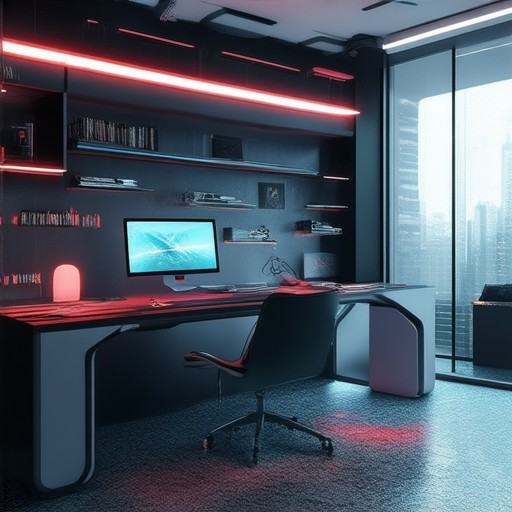
Effective Home Workspace Organization and Productive Routine
Organizing your home workspace and establishing a consistent routine can significantly boost efficiency while reducing distractions. Here’s a step-by-step guide to achieving this:
- Declutter Your Space: Start by clearing your desk of unnecessary items. Keep only essential tools and organize the rest using drawer organizers or cable management systems. A clean workspace promotes focus.
- Define Your Workspace: Create a dedicated area for work. Choose a quiet corner or a spare room and set up a desk or table. Use partitions or screens to separate work from other activities, helping you stay concentrated.
- Establish a Daily Routine: Schedule specific times for work, study, and relaxation. Use a planner or digital calendar to track tasks and deadlines. Break larger projects into smaller, manageable steps to avoid feeling overwhelmed.
- Minimize Distractions: Turn off notifications on your devices and let family members know when you’re working. Use apps like Focus@Will to block distracting websites and consider noise-canceling headphones to eliminate background noise.
- Stay Motivated and Celebrate Progress: Set realistic goals and reward yourself upon completion. Display motivational quotes or affirmations in your workspace to keep you inspired. Track your achievements to build confidence and momentum.
- Invest in Ergonomic Tools: Ensure your chair and desk setup supports proper posture. Use task lighting to reduce eye strain and organize files efficiently with a system that suits your needs.
- Practice Mindfulness: Take short breaks to meditate or stretch. These moments can recharge your mind, improving focus and reducing stress levels.
By implementing these strategies, you can transform your home workspace into a productive environment that supports your goals. Remember, consistency and adaptability are key to maintaining efficiency and reducing distractions over time.
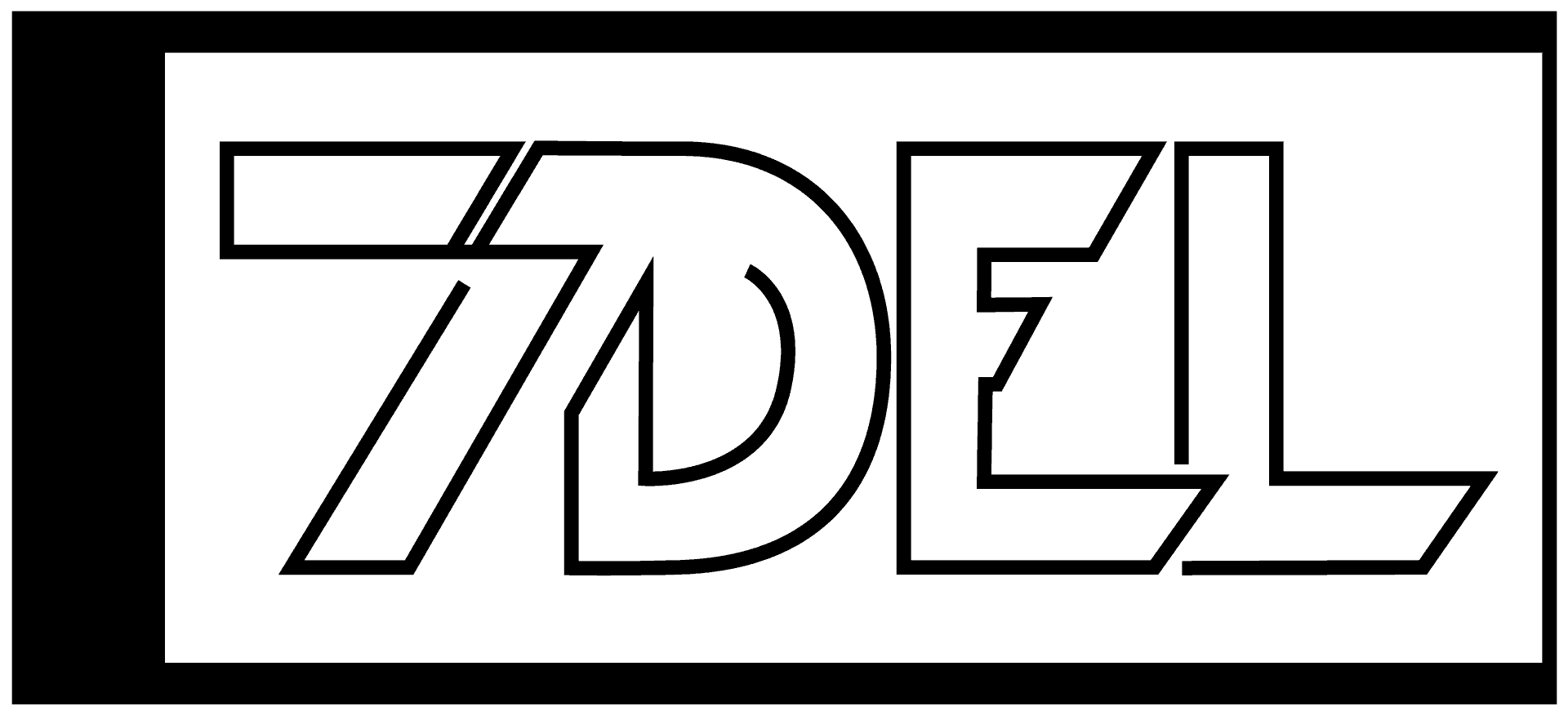
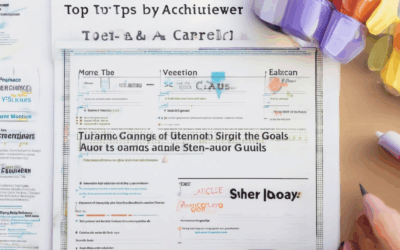


0 Comments